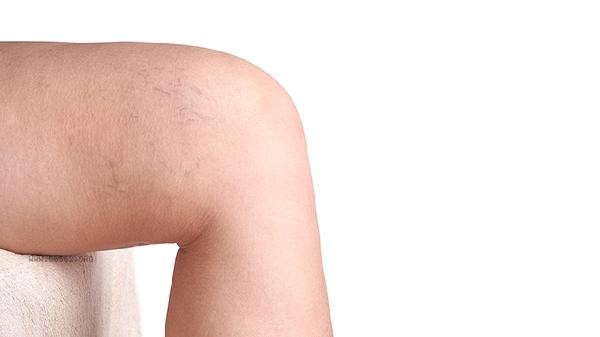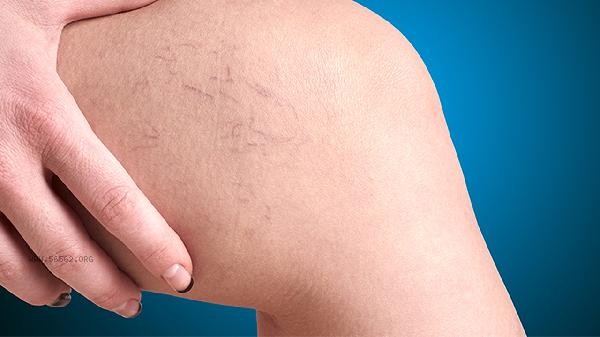The methods for measuring central venous pressure include direct measurement and indirect measurement, with a normal value of 5-12 centimeters of water column. The measurement results are influenced by factors such as patient position, blood volume, cardiac function, intrathoracic pressure, and measurement techniques.

1. Direct measurement method:
Real time monitoring is performed by connecting a pressure sensor through a central venous catheter, and strict aseptic operation is required. The catheter is usually inserted into the superior vena cava near the right atrium through the internal jugular vein or subclavian vein, and the sensor is zeroed to read the value. This method has high accuracy and is commonly used in intensive care, but there are risks such as catheter-related infections and thrombosis.
2. Indirect measurement method:
Central venous pressure is evaluated by observing the filling degree of the jugular vein. The patient is placed in a semi recumbent position at 30-45 degrees and the distance between the jugular vein pulsation point and the sternum angle is observed. Each centimeter of height is approximately equal to 1 centimeter of water column pressure. This method is non-invasive but highly subjective, and is suitable for rapid bedside assessment.
3. Position influence:

When lying down, the central venous pressure is 2-4 centimeters higher than when sitting, and a uniform position should be maintained during measurement. Positive pressure ventilation in mechanically ventilated patients can cause a false increase in values, which should be measured at the end of exhalation. Before measurement, the patient should be allowed to lie still for at least 5 minutes to avoid activity interference.
4. Clinical significance:
less than 5 centimeters of water column indicates insufficient blood volume, which is seen in dehydration or bleeding; A water column above 12 centimeters may indicate right heart failure, pericardial tamponade, or excessive fluid replacement. In monitoring, comprehensive judgment should be made based on indicators such as urine output and blood pressure. If the values are abnormal, repeated measurements should be taken to eliminate technical errors.
5. Technical points:
The sensor needs to be at the same level as the right atrium, usually located in the fourth intercostal space of the midaxillary line. The patency of the catheter needs to be regularly maintained with heparin saline, and if there is damping in the waveform, the catheter should be checked for distortion or thrombosis. Avoid bubbles or blood clots in the pipeline during the measurement process. During central venous pressure monitoring, it is recommended to maintain gentle breathing and avoid coughing or forceful movements. For long-term monitors, it is necessary to assess the necessity of catheters daily to prevent catheter related complications. Pay attention to controlling the infusion speed during nutritional support, and patients with heart failure can raise the head of the bed appropriately. Dynamic monitoring has more clinical value than single values, and any abnormal changes should be promptly communicated with medical staff. Daily care requires keeping the puncture site clean and dry, and observing for any bleeding or redness.









Comments (0)
Leave a Comment
No comments yet
Be the first to share your thoughts!